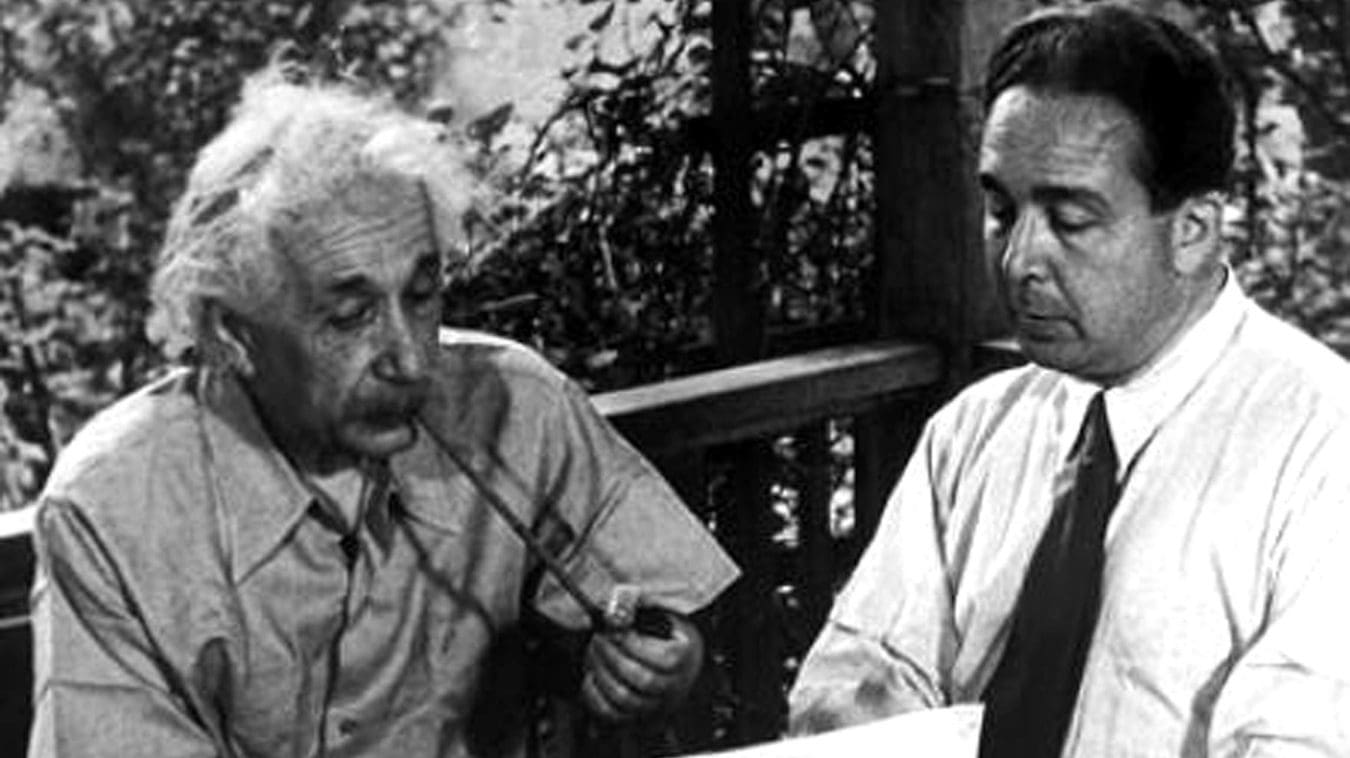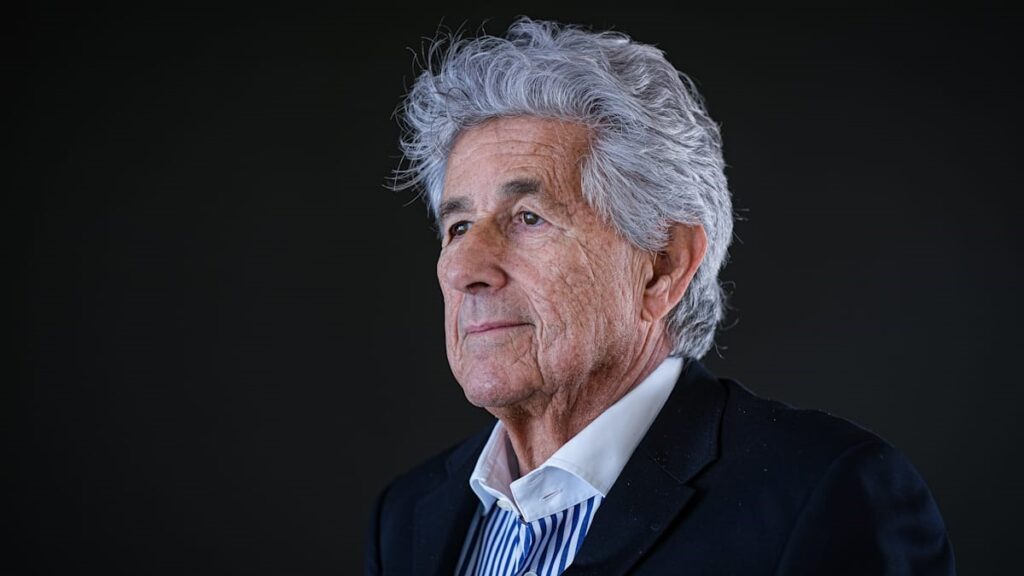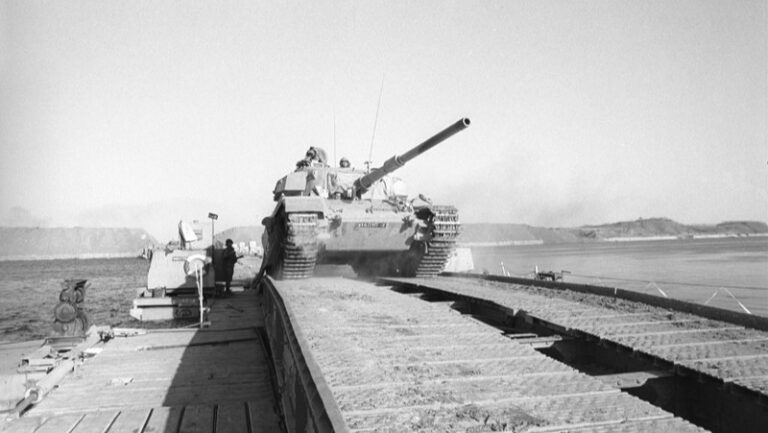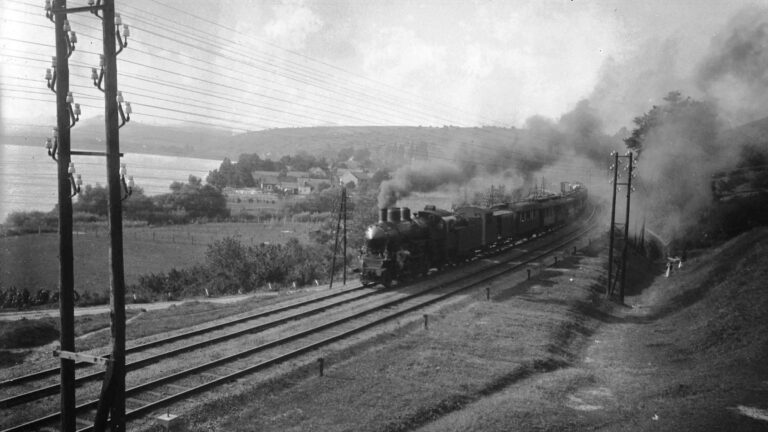81 years ago, on 2 August 1939, Albert Einstein signed a letter from Hungarian-born physicists Leo Szilard, Eugene Wigner, and Edward Teller to US President Franklin D. Roosevelt, in which they warned him that Germany’s development of an atomic bomb may be a theoretical possibility in the near future. This letter, then, led to the launch of the Manhattan Project.
Leo Szilard patented the theory of nuclear chain reactions as early as 1934, but realising its military potential, he kept it secret for years. By early 1939, however, Germany’s research into nuclear fission seemed to be making progress, bringing it significantly closer to producing a weapon more destructive than ever before.
Fearing that the Third Reich could become an atomic power, Leo Szilard also wanted to alert the US government to the danger and the importance of the research—thus, he asked Albert Einstein to help him.
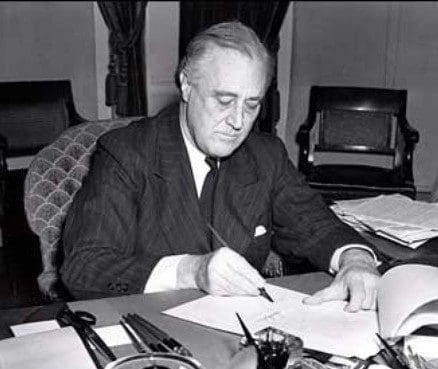
Szilard paid two visits to Einstein during the summer; the first time, on 12 July, he visited the German scientist with his old friend Eugene Wigner. When asked about the military applications of nuclear fission, Einstein reportedly replied: ‘Daran habe ich gar nicht gedacht’, meaning ‘I hadn’t thought of that’. After the meeting, the scientists finally decided to write a letter directly to President Roosevelt.
Since Wigner was unable to attend the second meeting, Szilard asked Edward Teller to be his driver and chaperone. During the second visit on 2 August,
the letter to the President was finalised and signed by Albert Einstein.
Due to the outbreak of World War II, the letter was not delivered until 11 October, but President Roosevelt recognised the need for immediate action and set up the Advisory Committee on Uranium, which later launched the nuclear energy programme, better known as the Manhattan Project.
Later, in 1945, Szilard drafted a petition—the Szilard Petition—in which 70 scientists of the Manhattan Project asked President Harry S. Truman to explain the terms of surrender to Japan before using the atomic bomb. However, the petition never reached Truman and, despite the protests, the United States deployed its weapons of mass destruction in the cities of Hiroshima and Nagasaki, Japan.
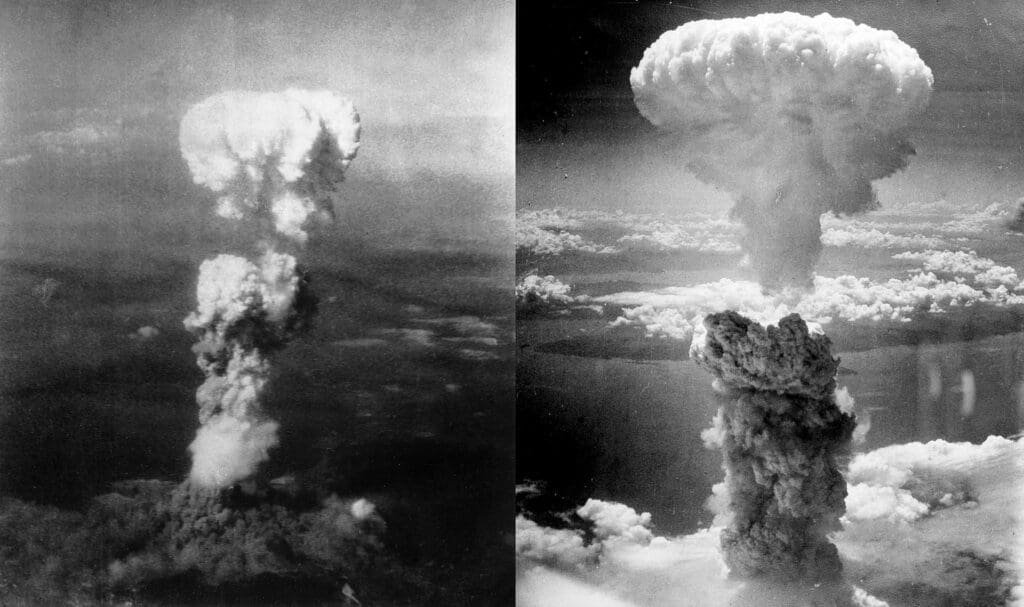
After the war, Leo Szilard’s main research interests were biophysics and molecular biology. Nevertheless, he also spoke out against the development of thermonuclear (hydrogen) bombs and later published a book on the moral and ethical dilemmas of the Cold War and his own role in the development of nuclear weapons. In 1960, he was awarded the Atoms for Peace Award by the Washington Academy of Sciences for his work on the peaceful use of atomic energy.
Related articles:
Click here to read the original article.

